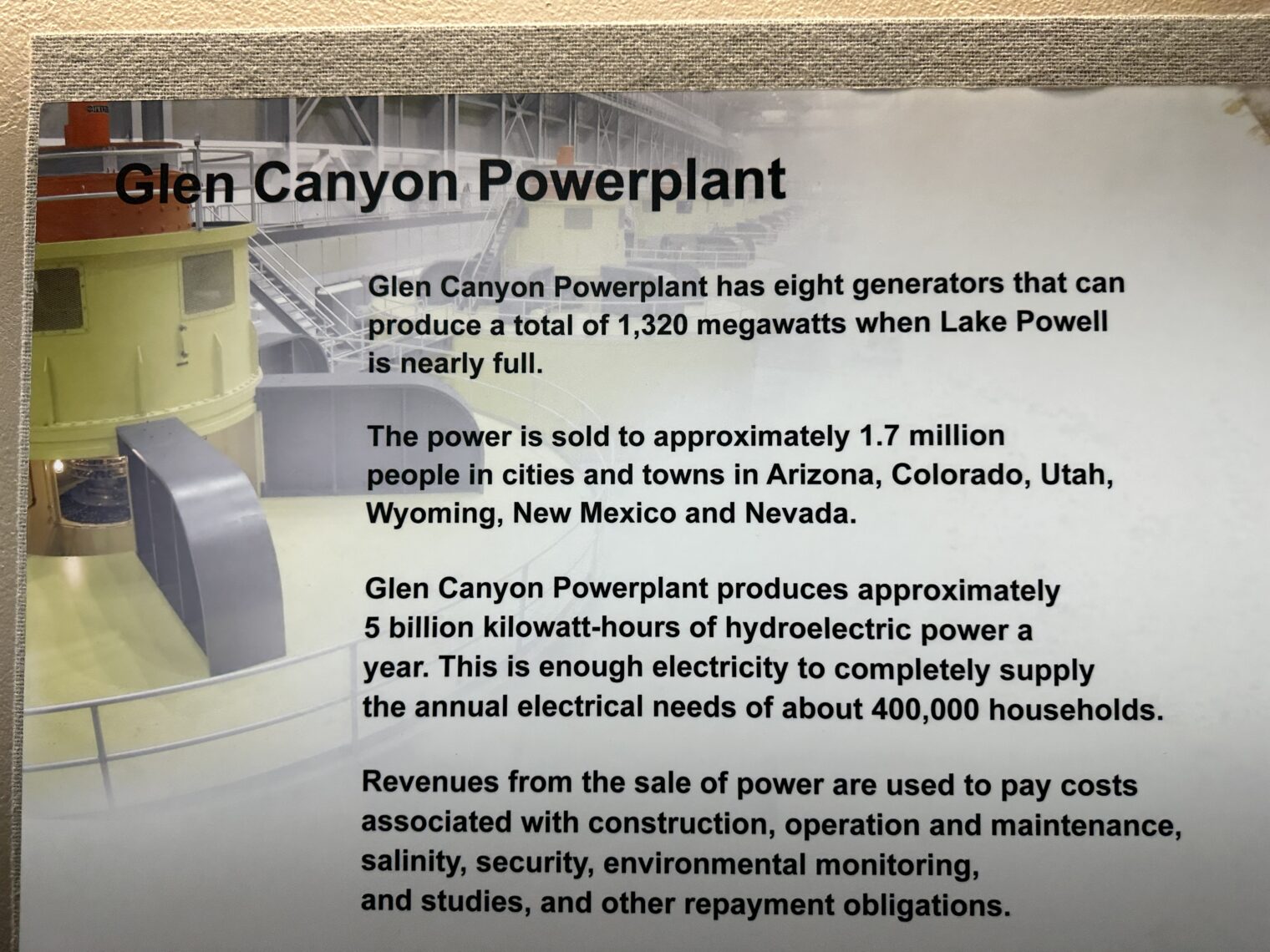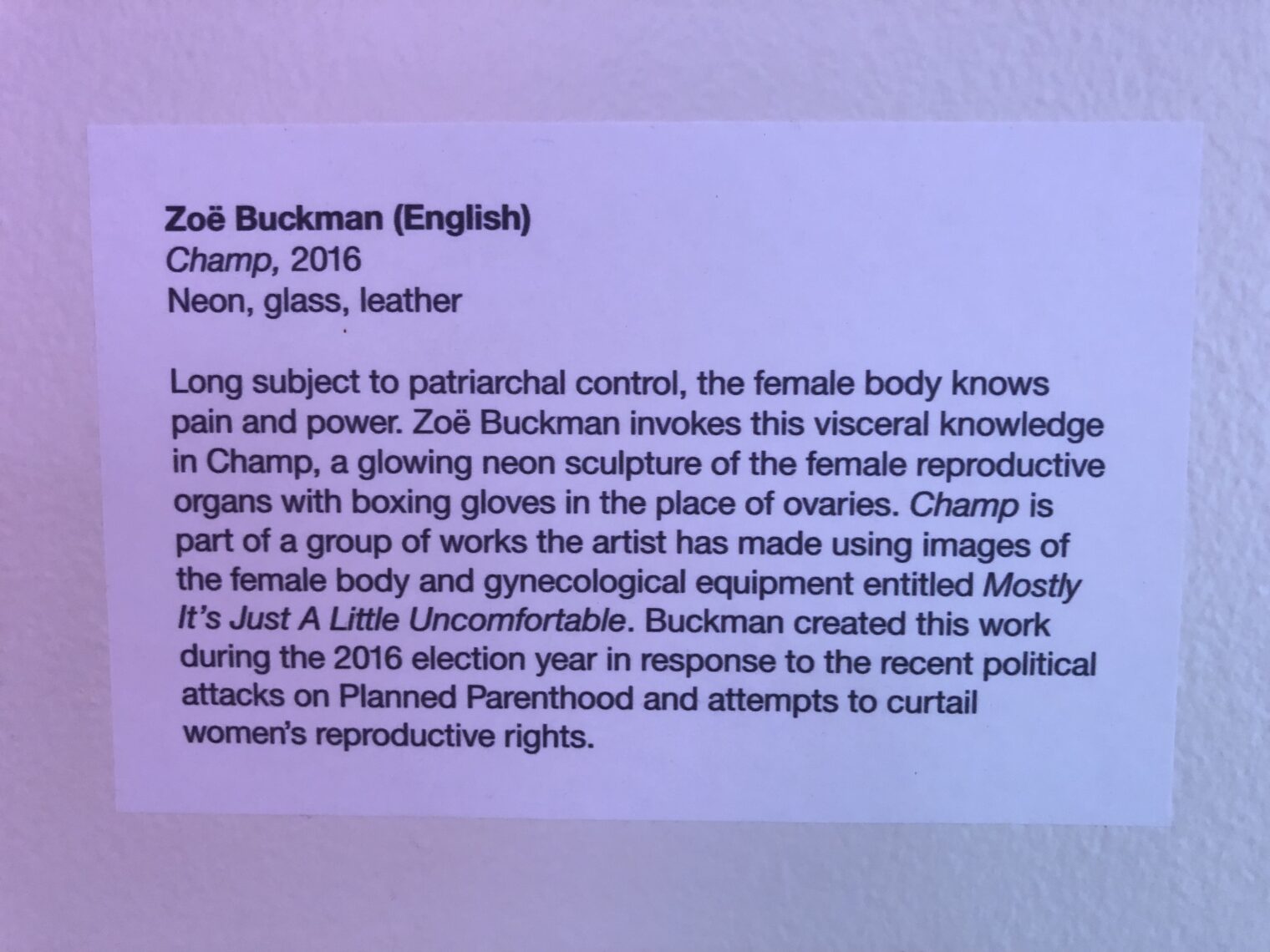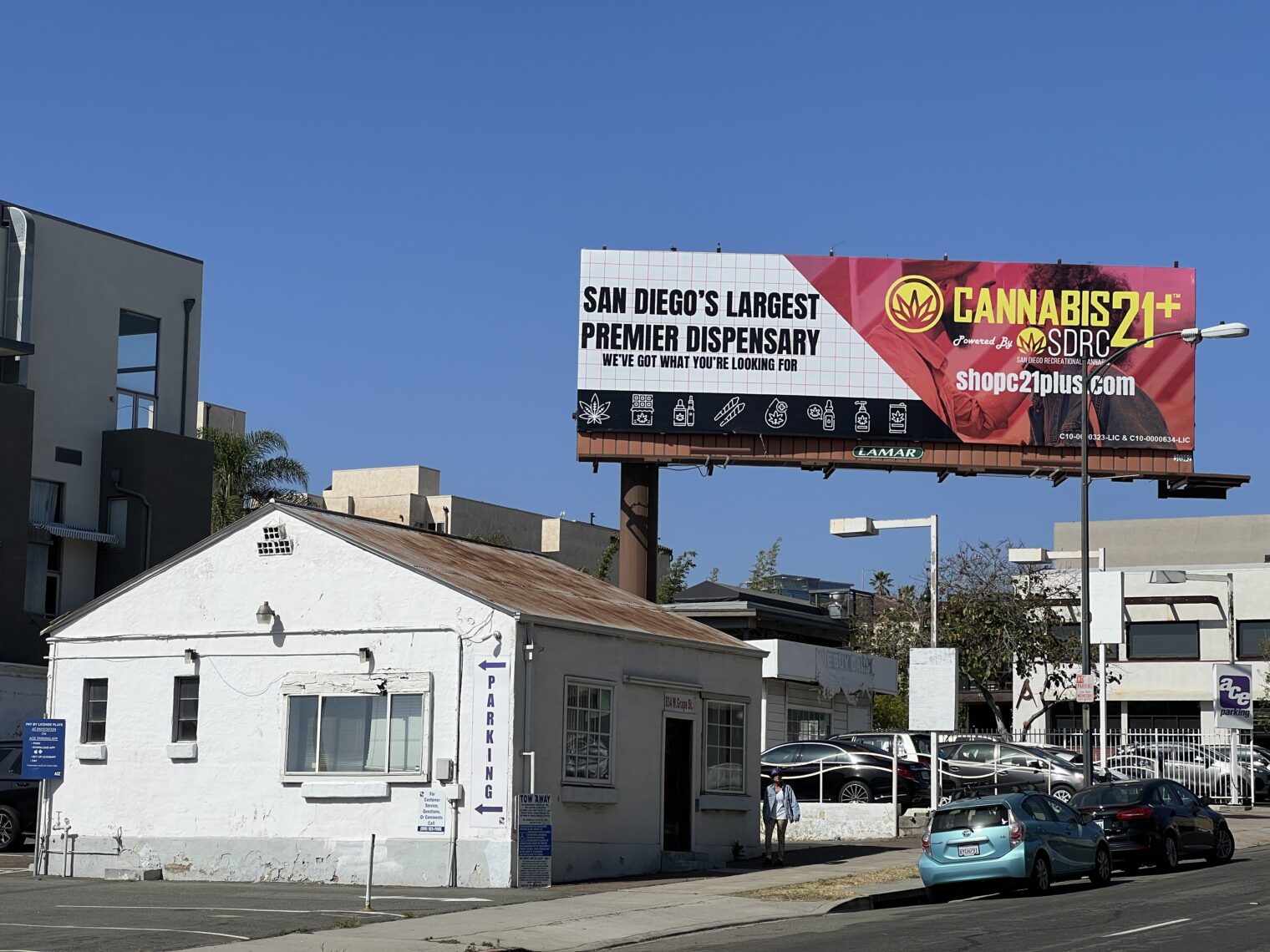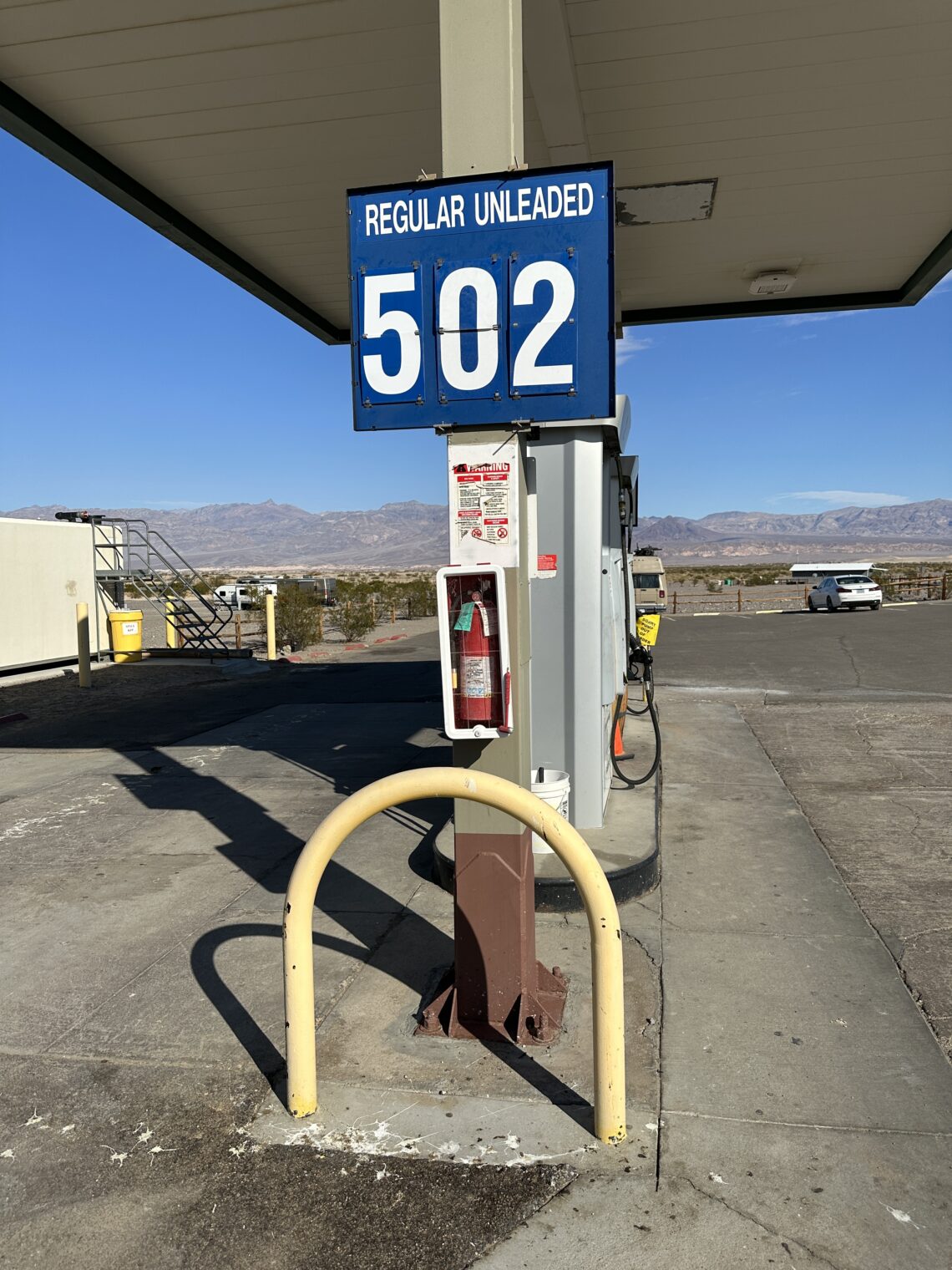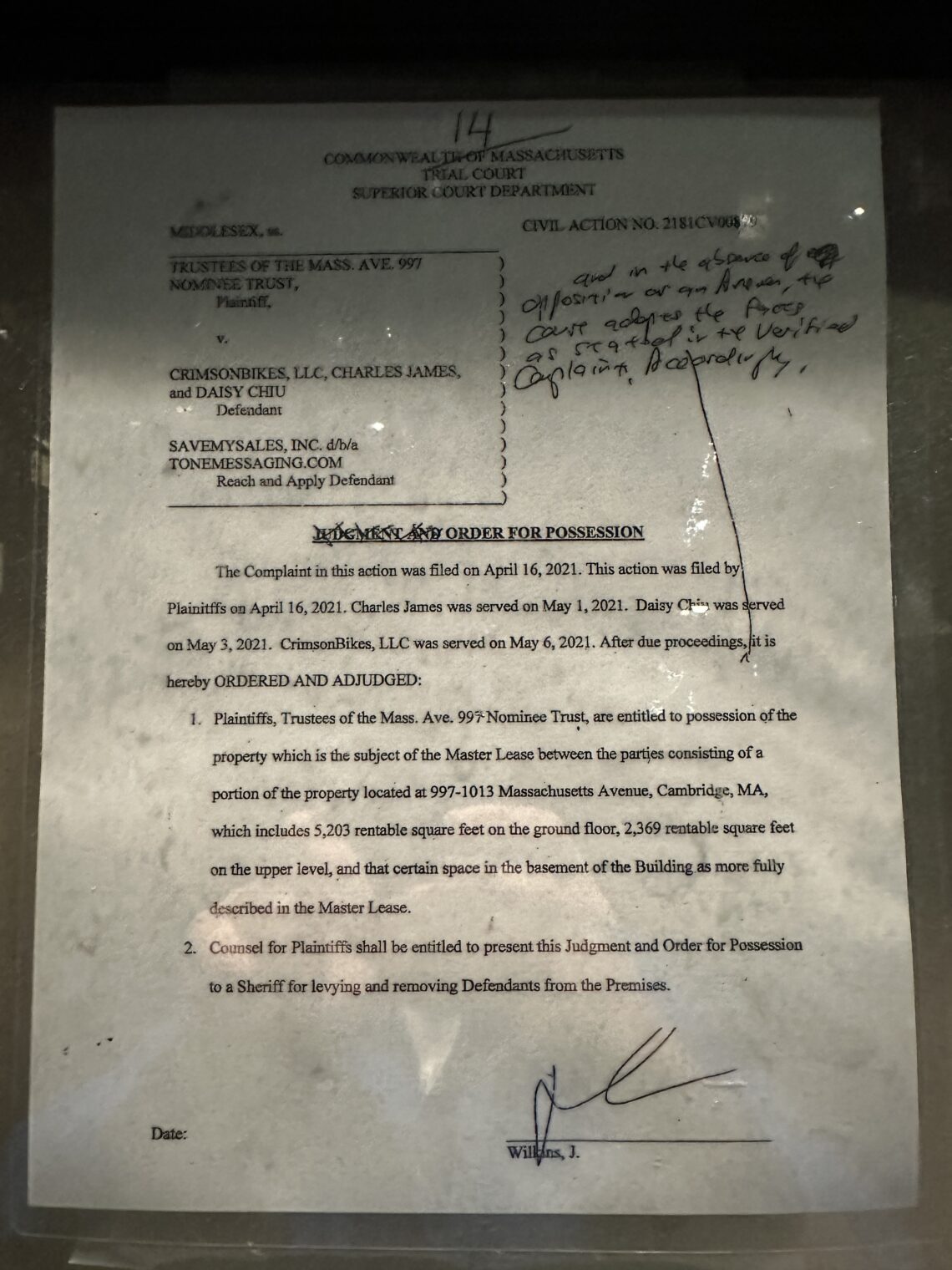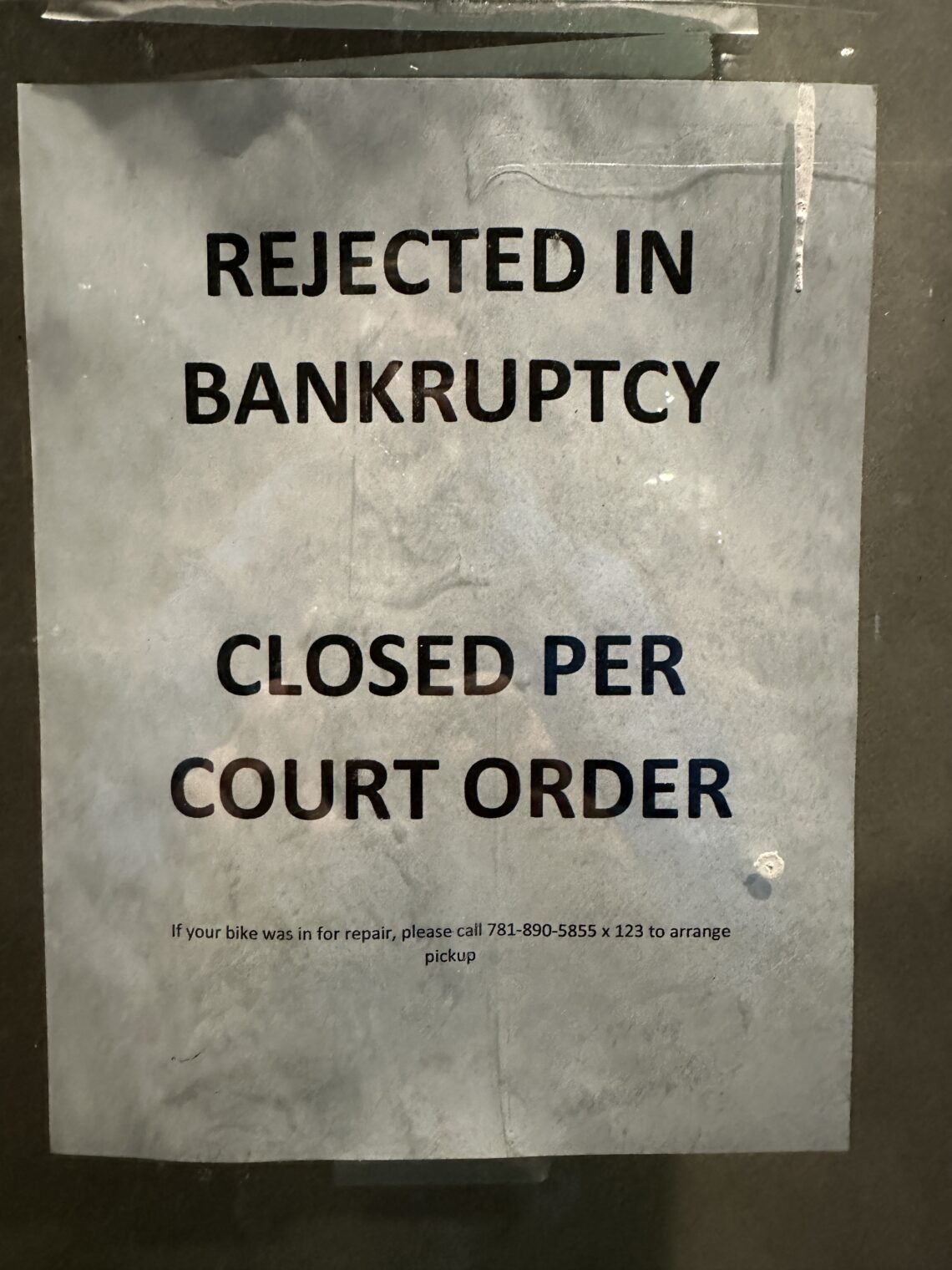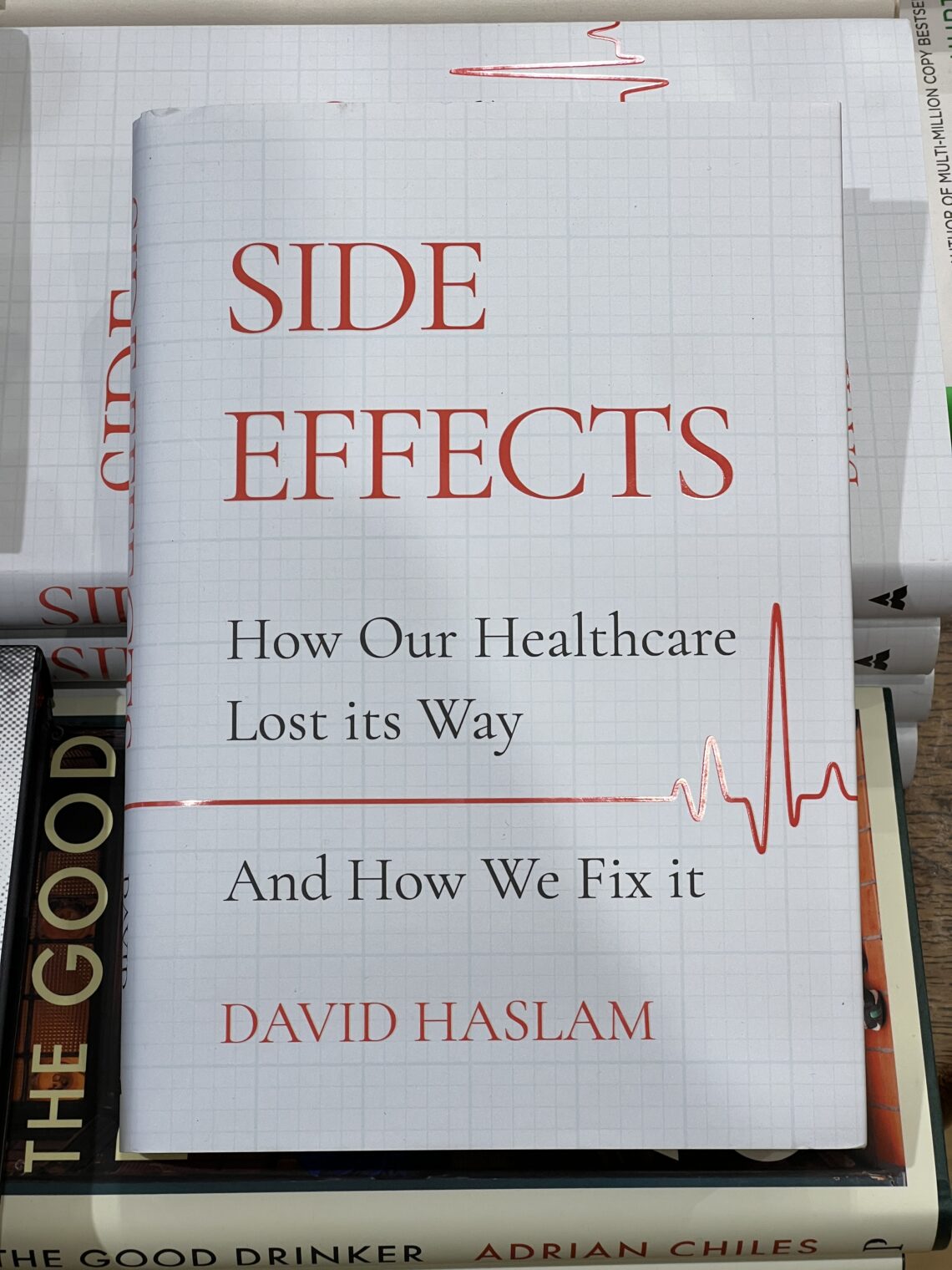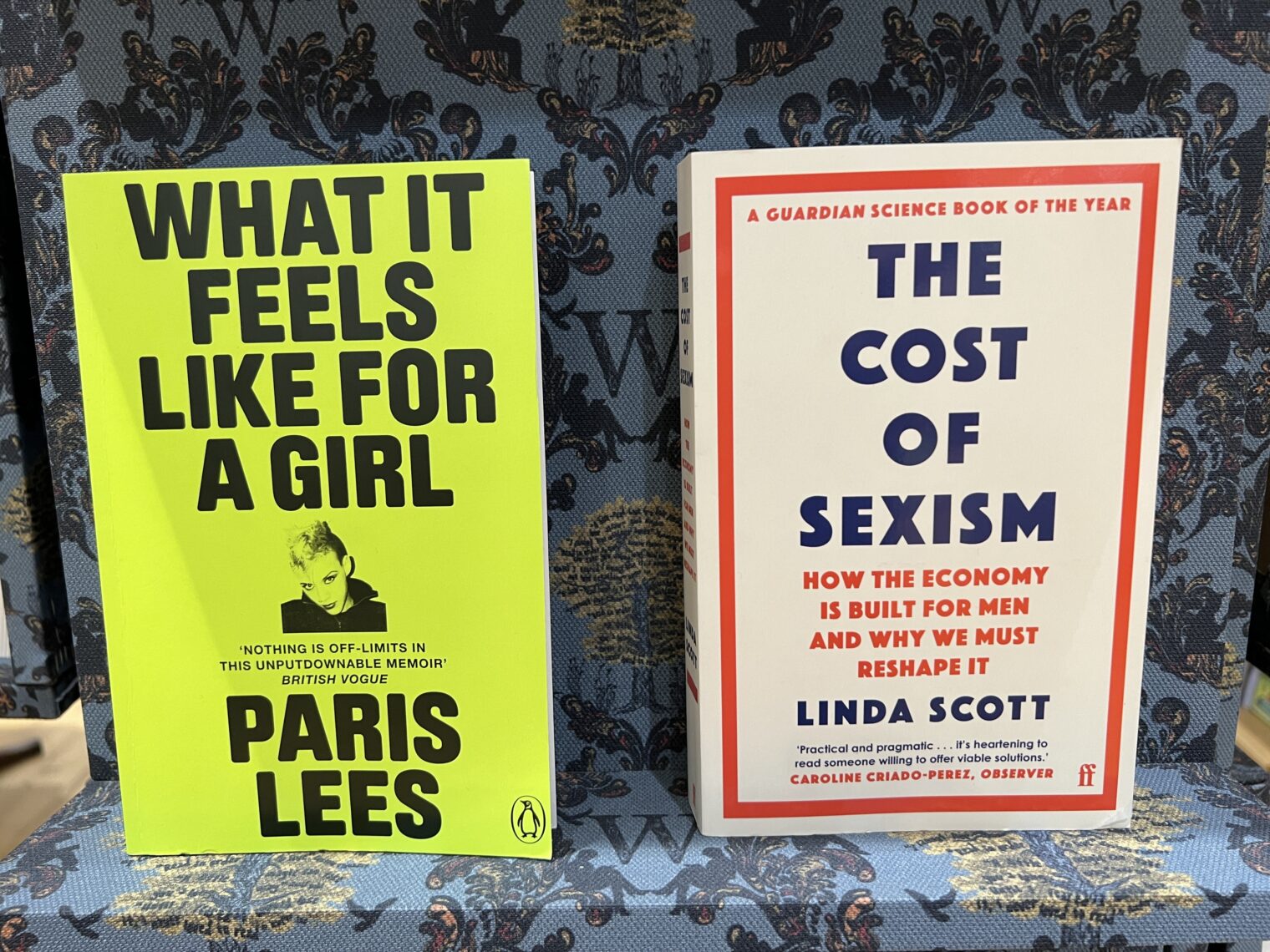The economics of hydropower
We recently visited the Glen Canyon Dam, which destroyed Glen Canyon and replaced it with a reservoir to hold surplus water in a river that doesn’t have any surpluses (calculations were made in the early 20th century, a period of remarkable wetness when compared to the previous 800 years). From the Carl Hayden Visitor Center:
(Is the visitor center named after a senior engineer who made the dam possible? One or more of the 18 workers who died so that the dam could live? No. It is named for a U.S. Senator who funneled tax dollars into this project.)
The dam powers 400,000 households, which means that the trashing of what would have easily qualified as a National Park does not generate enough power for the houses that are occupied by a single year of immigration into the U.S. What did this cost?
$2.17 billion in pre-Biden (2015) money. The BLS says that this is roughly $2.82 billion in Bidies. If we can arrange for God to give us a new raging river ever 3-6 months suitable for damming, in other words, we can provide clean hydropower to the new American households formed by migrants at a capital cost of $7,000 each.
On the third hand, maybe it would cost us a lot more today to build a monster dam. At the Navajo Bridge, just downstream of the dam, the government notes that modern construction techniques are similar to what we used in 1929, but bureaucracy and regulation are dramatically more challenging:


How much inflation has there been in concrete-rich power-generating facilities? We can look at nuclear plant construction. This 2019 paper says that the cost has gone up about 10X, in constant dollars, compared to the 1970s (takes us twice as long as costs 5X as much per day). If we had help from God (new river ever 6 months), in other words, it would cost $70,000 per new household (see How much would an immigrant have to earn to defray the cost of added infrastructure?) to provision the power generation infrastructure.
(Comparison: progressive technocrats in California have spent $9.8 billion so far on their high-speed rail dream… without laying even one mile of track (CNBC).)
What would Glen Canyon look like if this massive silt-collecting dam hadn’t been built? Here’s the Horseshoe Bend, just downstream, photographed at 0.5X on the iPhone 14:
What does the dam look like?
A concrete salesman’s dream! Note that last bucket of concrete was poured in September 1963, the same year in which your beloved (I hope) blog host was born. The project was supposed to take 6.5 years, including all of the prep work and the bridge, but was finished after 6 years for substantially less than forecast (by Kiewit, whose Boston Harbor project was rendered lethal by government bureaucrats as described in Book review for Bostonians: Trapped Under the Sea).
Related:
- Department of Energy web page that says 6.2 percent of U.S. electricity is hydropower
